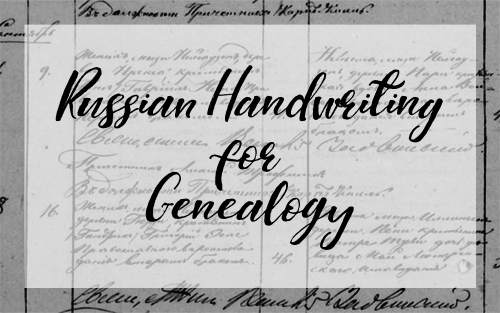More and more Latvian records are going online every day, thanks to FamilySearch and their cooperation with the Latvian State Historical Archives. That’s the good news. The bad news is that sometimes they can be difficult to navigate, because the organization on FamilySearch leaves a lot to be desired. This means that while a lot of records are there, it might be hard for you to find them.
Never fear! I’m here with a series of posts to help you navigate your way through them.
Today we’re going to start with a relatively simple but also vital resource if your ancestors lived in RÄ«ga at the turn of the 19th/20th centuries. And these are the RÄ«ga tax lists.
First important part to remember – the records that are currently available on FamilySearch here are only indexes (Note: You will need to be registered on the FamilySearch website. You can register for free at the top of the page). These indexes are massive enough, scanning the actual records – which may be in the works, I’m not certain – will take a great deal more time. But if you can get the social class and family record number from these indexes, I’ll provide details at the end of the post for getting the full record. To view the index books, click the camera icons on the right side of each entry in the list.
Next important point – these lists only contain people whose registered place of residence was RÄ«ga. This means that a fair number of people who lived in RÄ«Ä£a, but were still registered in their home parishes in the countryside, will not appear in these lists. But don’t worry, that’s also a useful clue – that means that they haven’t been living in RÄ«ga for generations, but are relatively new arrivals. It was possible to change one’s place of registration, but it wasn’t an easy task, so people didn’t do it very often, probably only when they were sure they wanted to stay rather than returning to the countryside.
Third important point – these records are organized primarily by social class. The exception to this are Jews and Old Believers, who were also enumerated separately from everyone else, and then organized also by social class.
Now, the Russian Empire social class system that was in play at the time isn’t really easy to understand, but what you need to know is that most Latvians registered in RÄ«ga would be found in four of them – цеховой окл., рабочій окл., Ñлужит. окл., мѣщан окл., as the Russian titles on the books in these collections will say. The last two will be the most common for Latvians, corresponding roughly to “servant class” and “urban commoner” classes. The second is literally “worker class”, however, judging by the size of these books, they are one of the smaller classes, despite workers being the most numerous. This is probably due to two reasons – one, many of the workers were still registered in their home parishes, and two, they were otherwise registered in the servant or urban commoner classes instead. It was possible to change class – these changes would be noted in the record books.
Now, to read and use these indexes. They are written in Russian, and are thus alphabetical by surname, according to the Russian alphabet. The indexes sometimes list a birth year, but not always. But most important is the family number – this will be the number to the right of the name that is clearly not a birth or death year. This is the one you need to be able to find the full record.
Why would you want the full record? They provide vital statistics about a family – birthdates, death dates, family relationships, maiden names, if someone was registered in the city from the countryside or from a different country, then the information about from where and when they came can also be included. This is the most complete list of a family you’ll find for RÄ«ga for this time period, since they can list several generations on one page.
If you’ve identified your family in the indexes, and you would like me to get the full record for you – please let me know! I will take pictures for you for $10 per family number. Please contact me to arrange this.
Having trouble reading the Russian handwriting? Don’t worry – I have a course on Russian Handwriting for Genealogy that can help you. Click the image below to buy the course!

